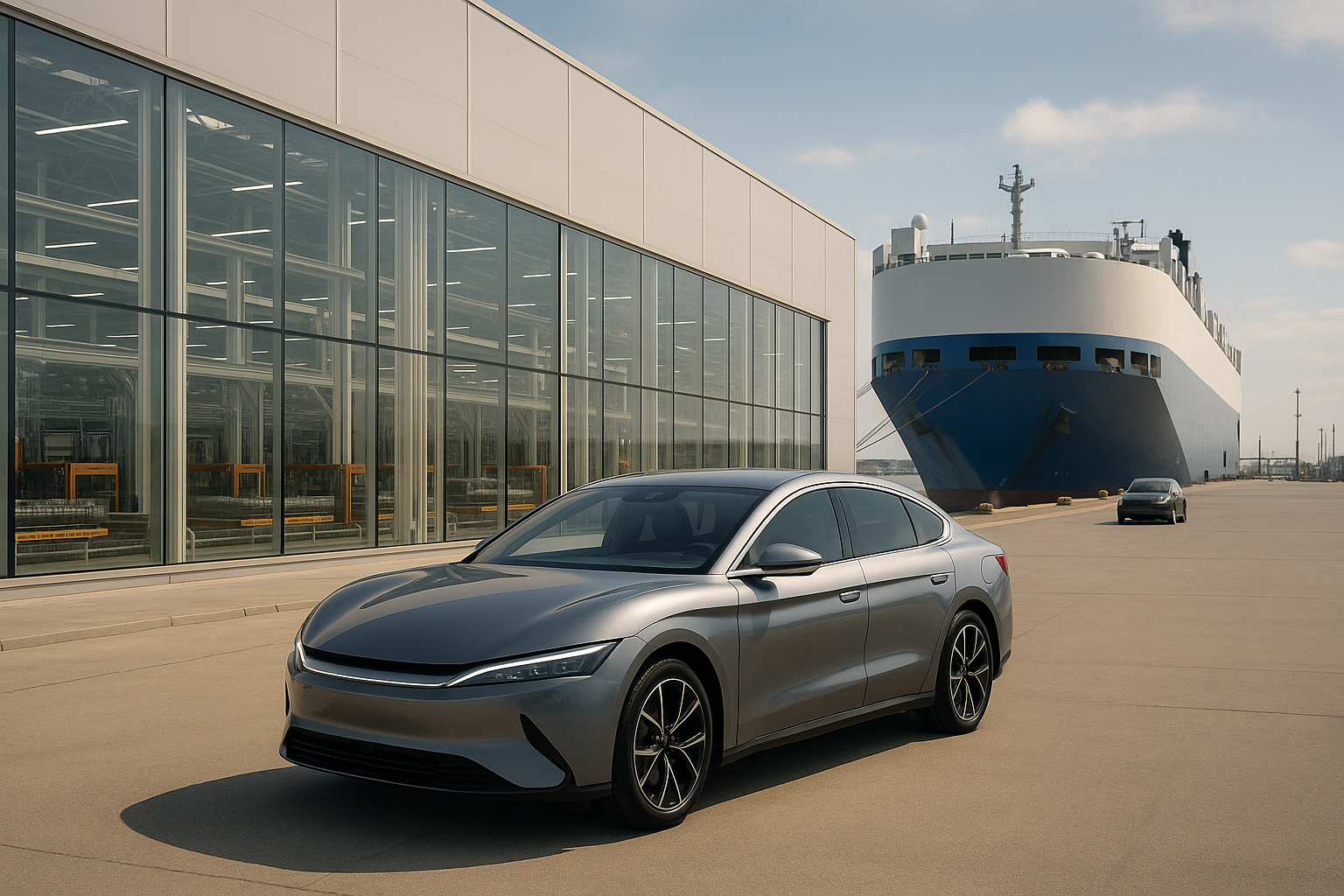The electric vehicle landscape is shifting dramatically, and there's a Chinese contender that's not just nipping at Tesla's heels—it's running laps around Musk's once-untouchable empire. BYD (that's "Build Your Dreams," in case you wondered) has morphed from a distant competitor into what might be the most formidable force in the electric revolution.
And yet... silence from Wall Street.
Let's talk numbers, shall we? In 2024, BYD pushed an eye-watering 4.27 million vehicles into the global market. Tesla? A comparatively modest 1.79 million. This isn't just winning—this is domination. The gap widened further in Q2 2025, with BYD delivering 1.13 million vehicles against Tesla's 354,000.
I've tracked EV sales patterns since 2019, and I've never seen a disparity this dramatic between the two biggest players. We're looking at a 3-to-1 advantage here. That's not a lead; that's a rout.
But raw numbers only tell part of the story.
What makes BYD truly terrifying (if you're a competitor) is their absurdly comprehensive vertical integration. While Tesla scrambles with supplier headaches—remember the "production hell" days?—BYD has built what can only be described as a self-contained industrial ecosystem.
They don't just assemble cars. They make their own batteries. Their own motors. Their own electronics. Practically everything except the air in the tires comes from BYD facilities. They've even acquired their own ships—massive roll-on/roll-off vessels—to handle exports. That's not just smart business; that's empire-building.
The technology gap? It's widening.
BYD's latest battery tech isn't merely competitive—it's revolutionary. Their newest models can add 250 miles of range in roughly the time it takes to grab a coffee and use the restroom at a gas station. We're talking 5 minutes. That effectively kills the biggest EV adoption hurdle: charge anxiety.
(Having test-driven several BYD models during a recent trip to Europe, I can confirm the charging speeds are nothing short of astonishing.)
Then there's the price point that makes Tesla executives break out in cold sweats. BYD's entry-level EV starts at—and this isn't a typo—$7,800. That's not a car payment. That's barely a decent used motorcycle in today's market.
While Americans debate whether they can squeeze a $40,000 EV into their budget, BYD is making electric mobility accessible at used-car prices.
So why the deafening silence from American investors?
Geopolitics, mostly. The frosty U.S.-China relationship has created a climate where Chinese investments carry an extra layer of perceived risk. There's also the legitimate question of whether BYD can translate its domestic dominance to Western markets, where consumer expectations differ dramatically.
Look, I get the hesitation. But at some point, numbers become too significant to ignore.
BYD isn't just growing—they're redefining what's possible in the EV space. While Tesla grabs headlines with Musk's latest Twitter provocations and promises of future tech, BYD is quietly delivering today what others only talk about for tomorrow.
For investors willing to peer through the fog of international tensions, BYD represents the kind of asymmetric opportunity that doesn't come along often—a proven market leader still somehow flying under the radar of Western investment consciousness.
The real question isn't whether BYD can compete with Tesla anymore. It's whether Tesla can keep pace with BYD.
The EV revolution marches forward, with or without America's full participation. And so do the market opportunities it creates.
BYD might just be the most important automotive company you're not paying enough attention to.




